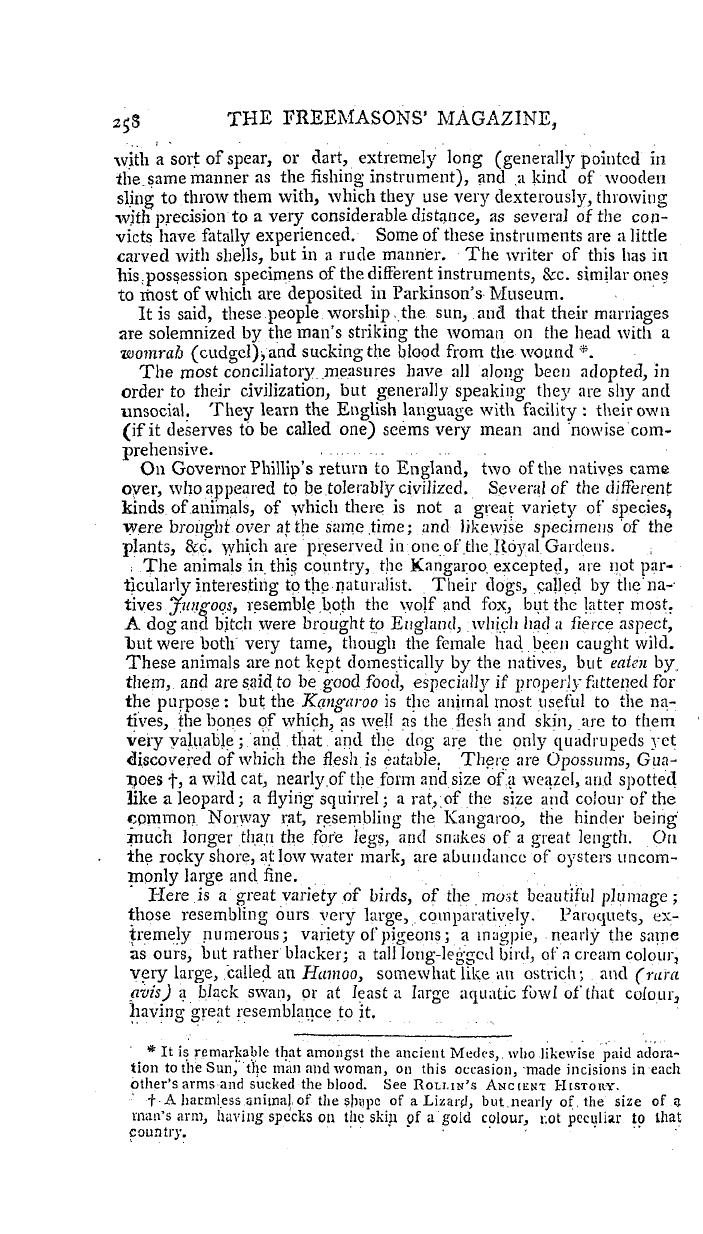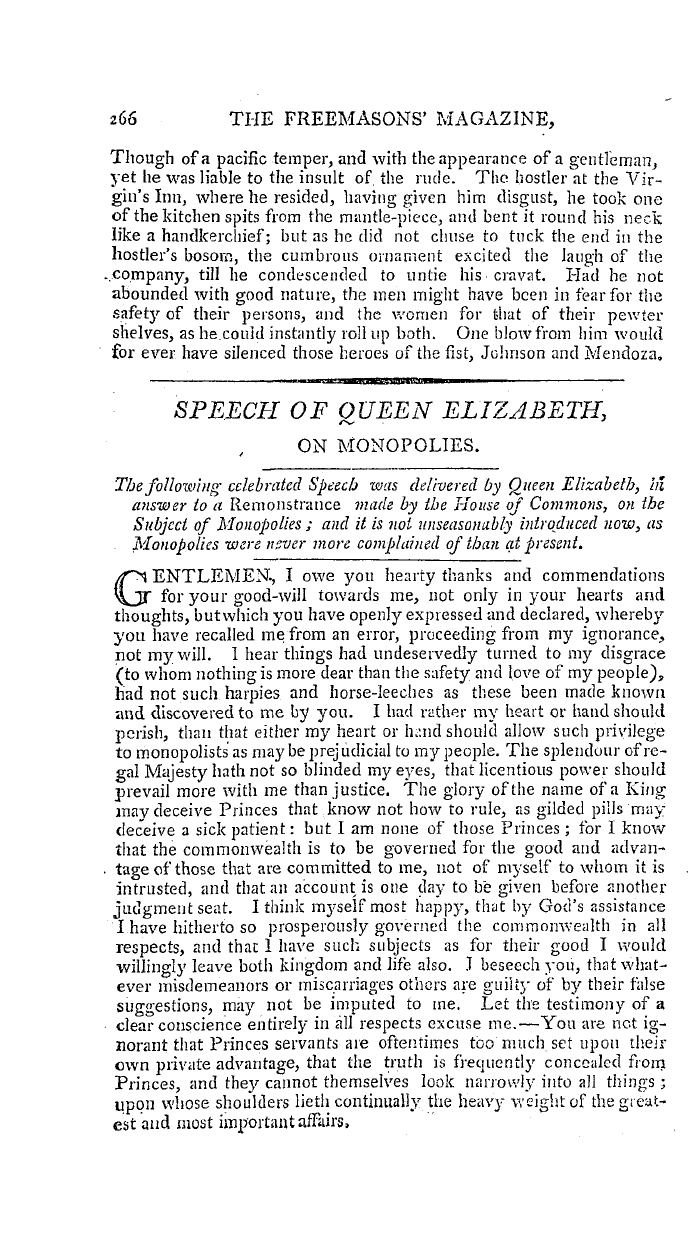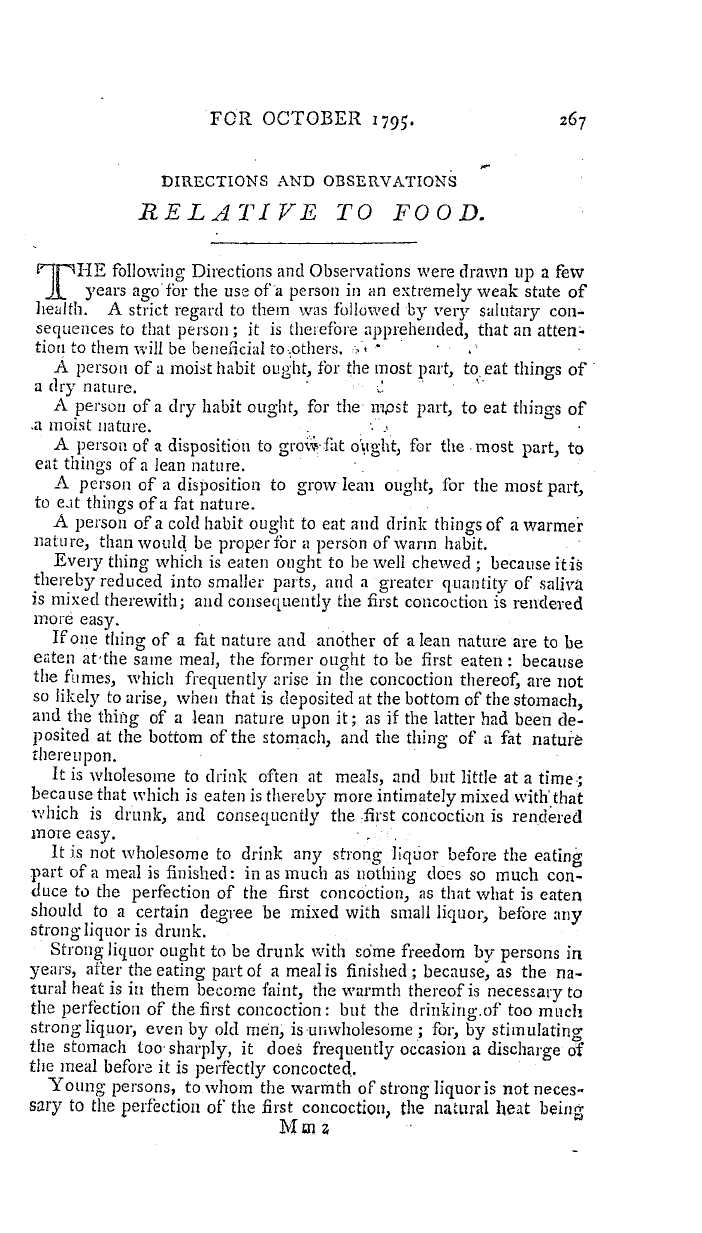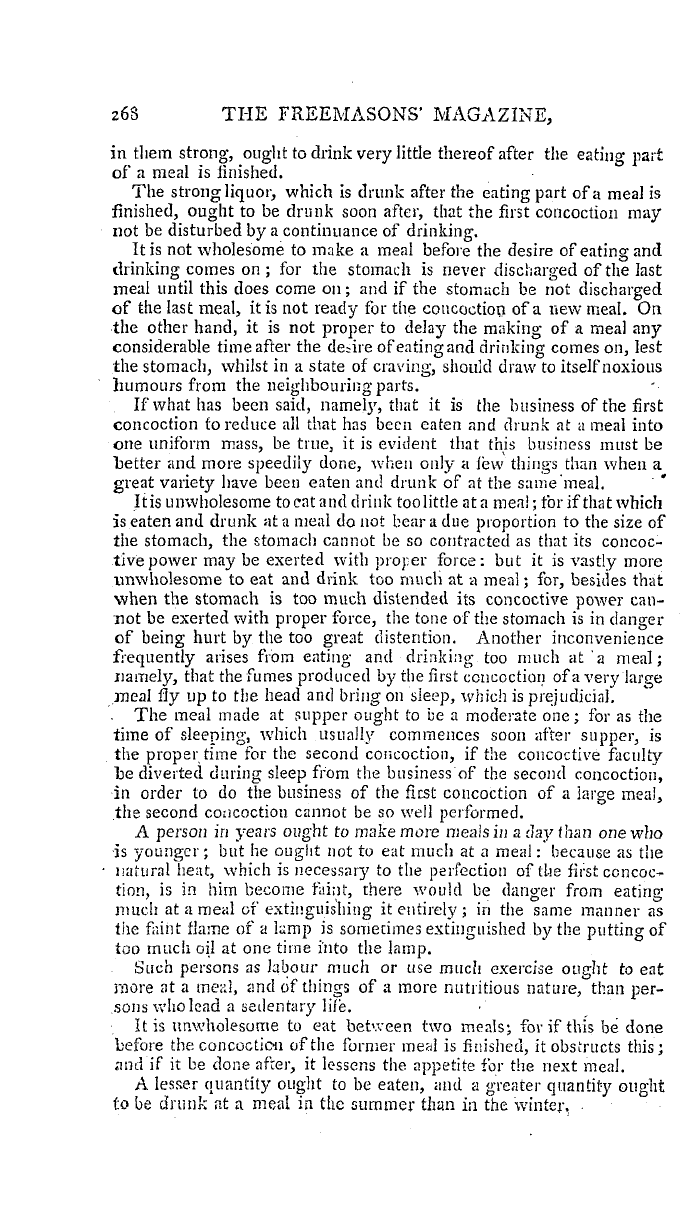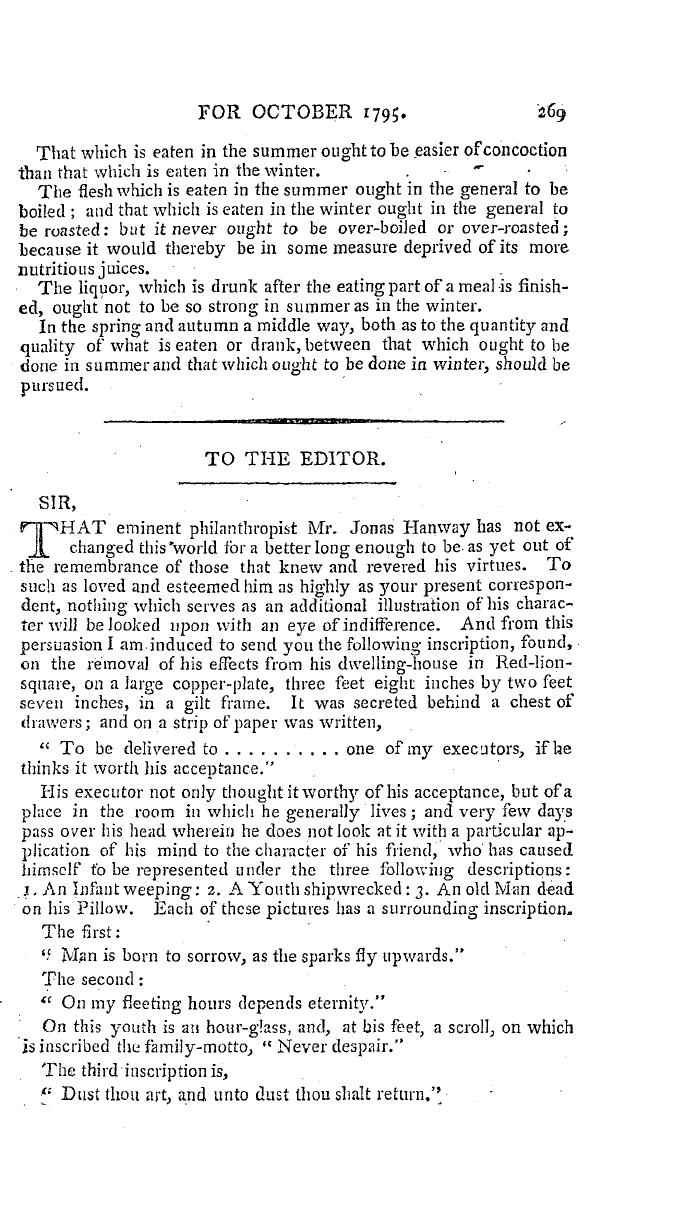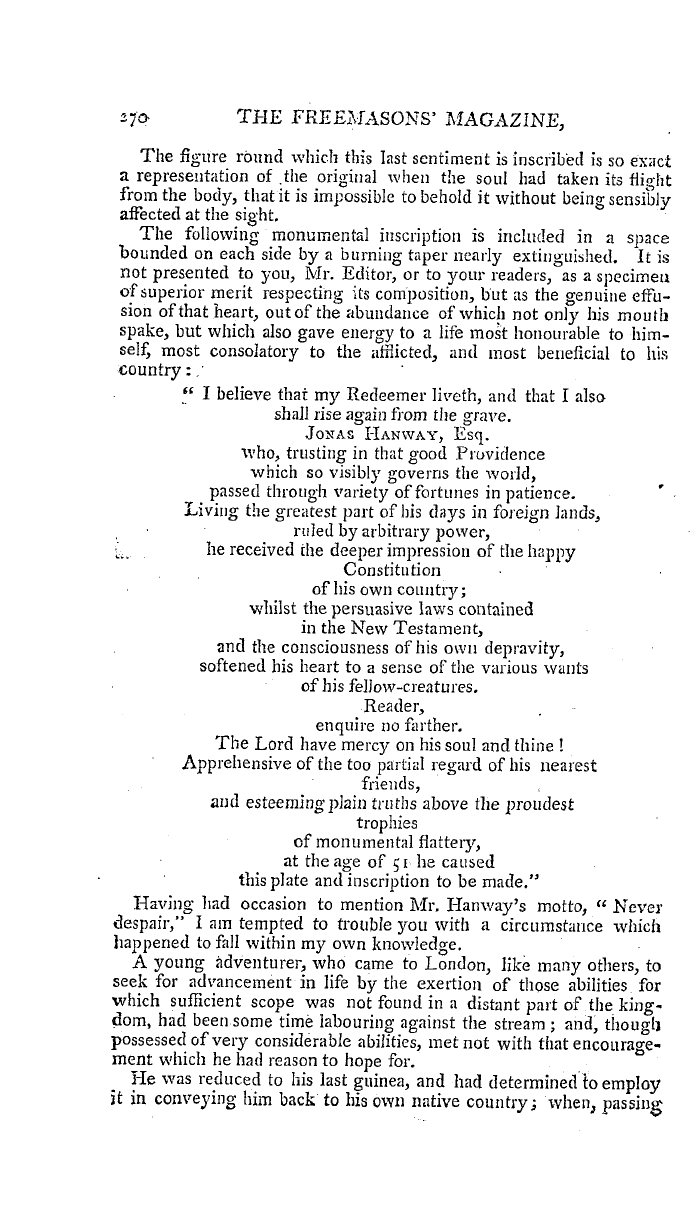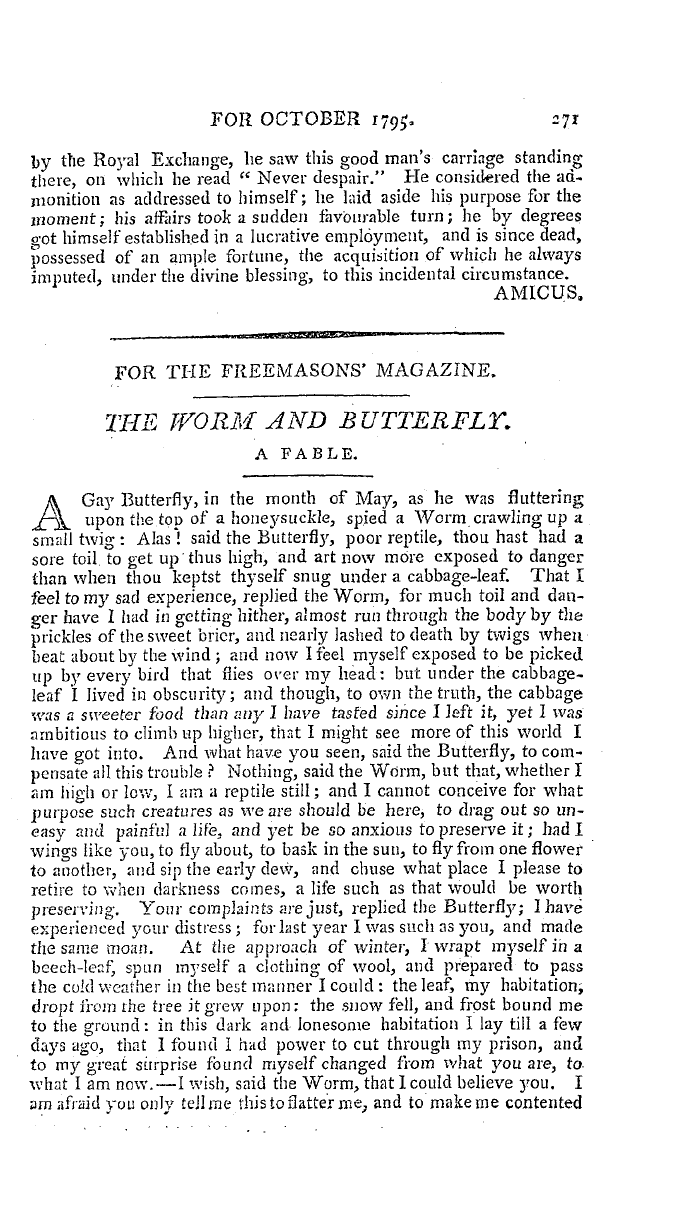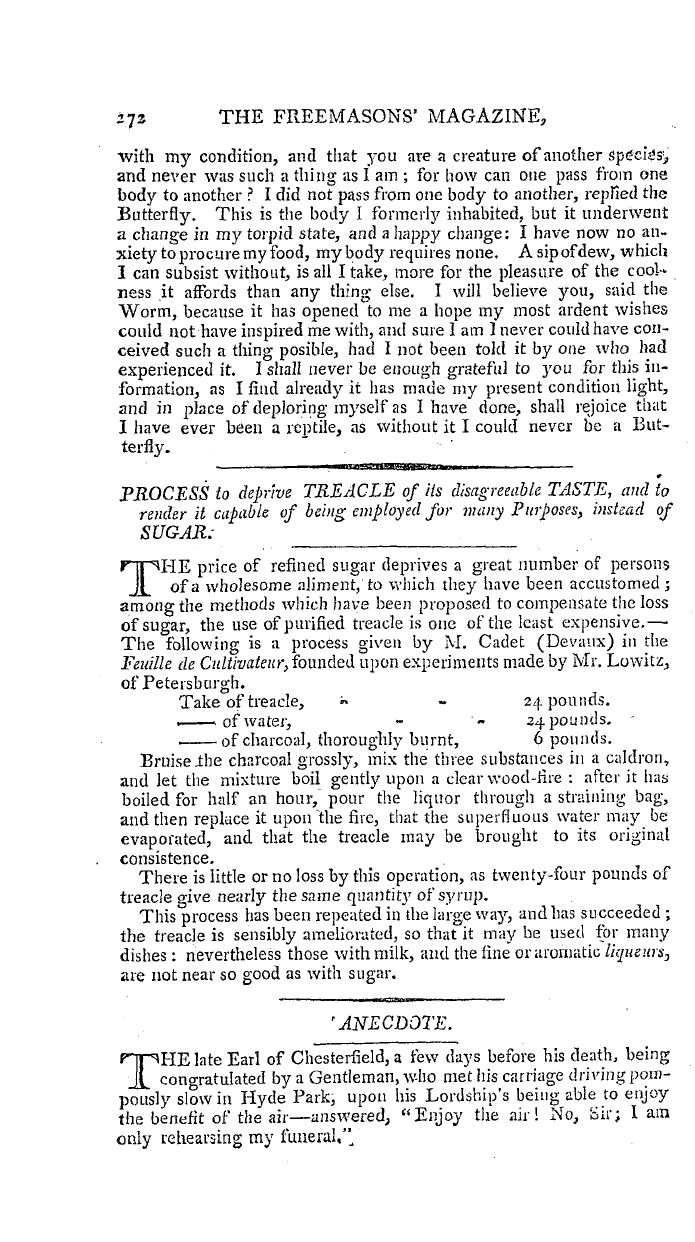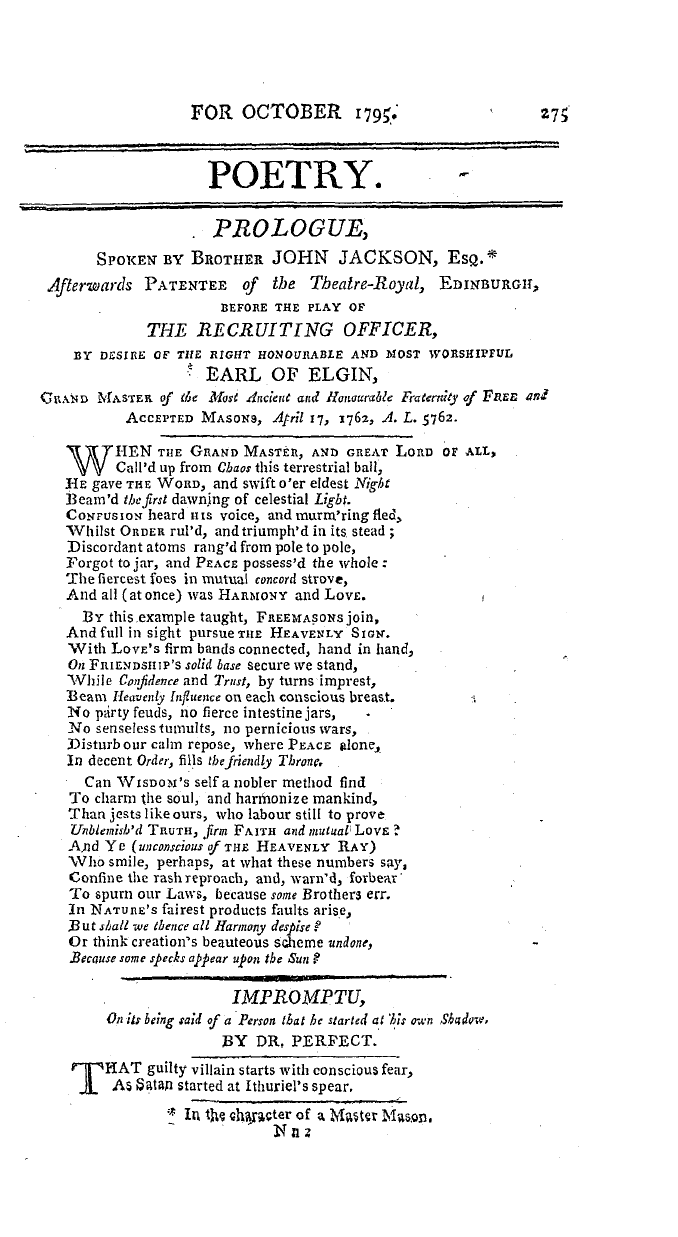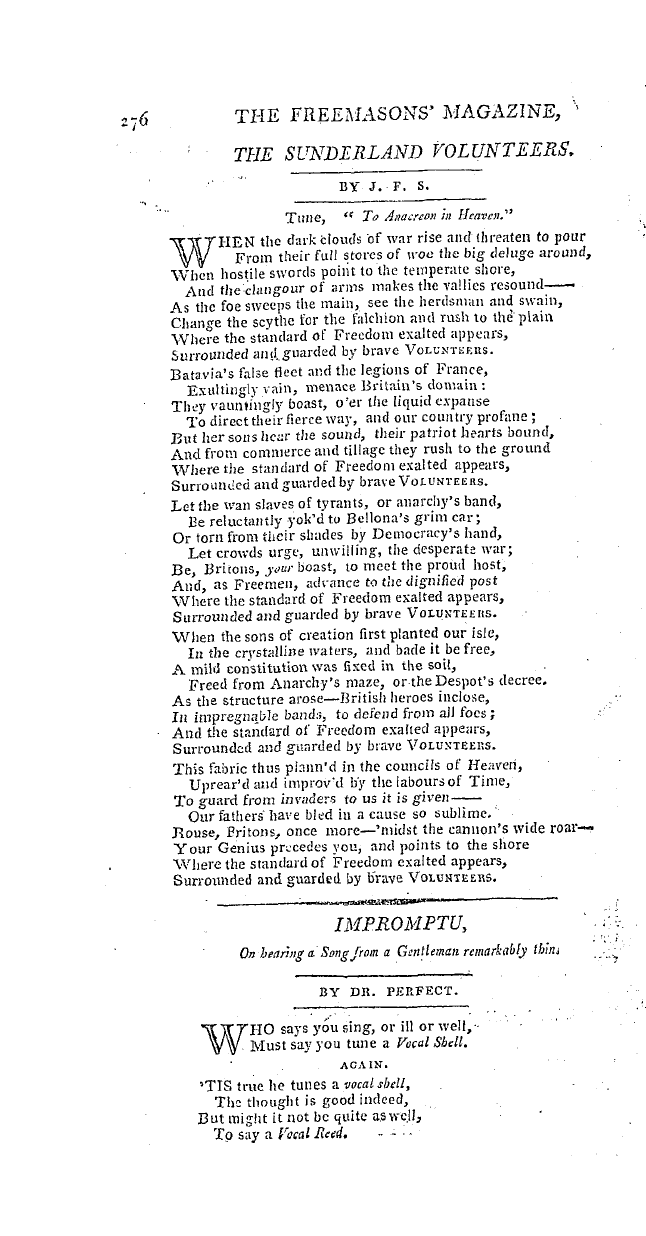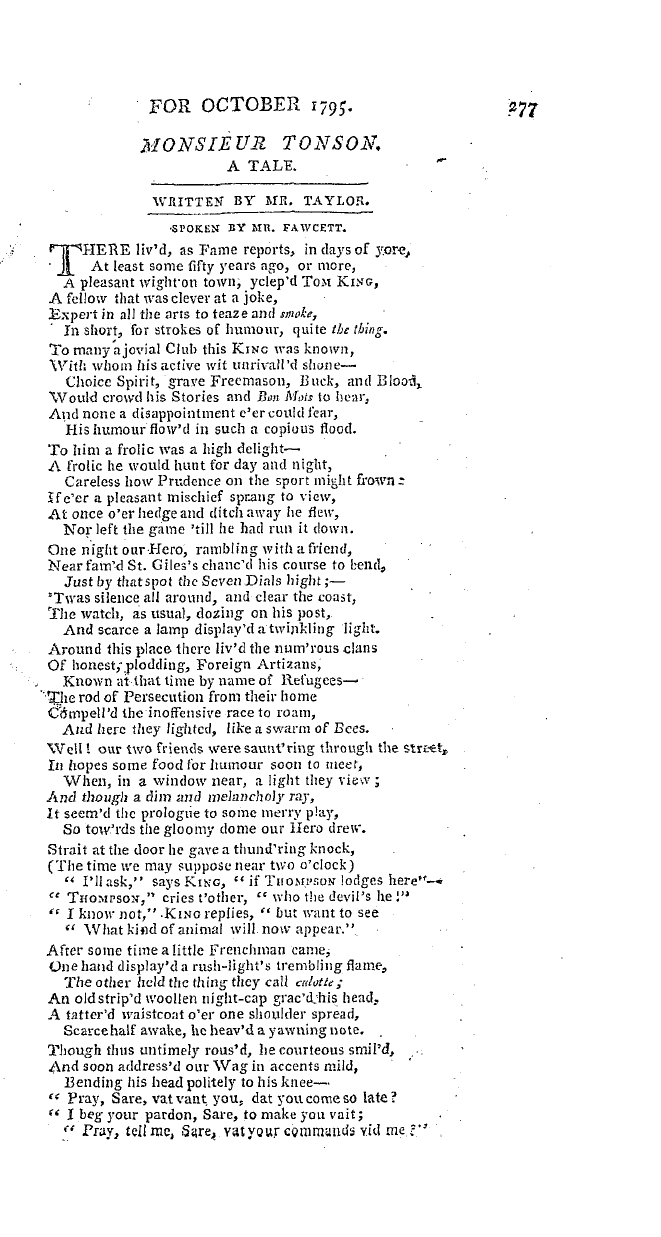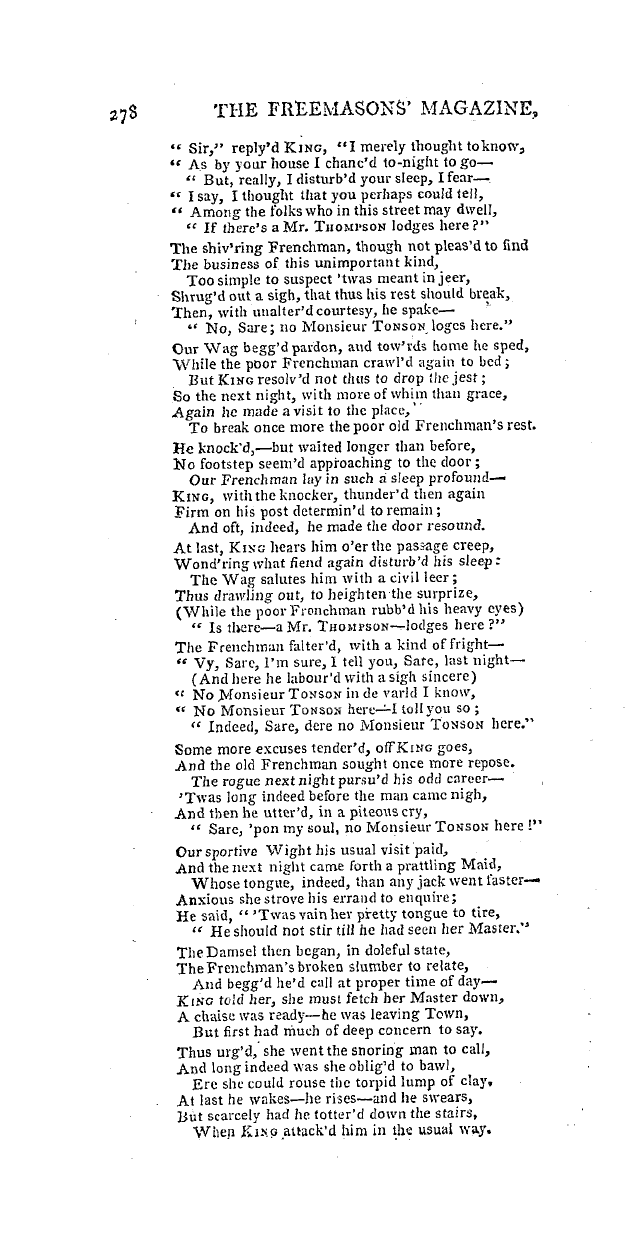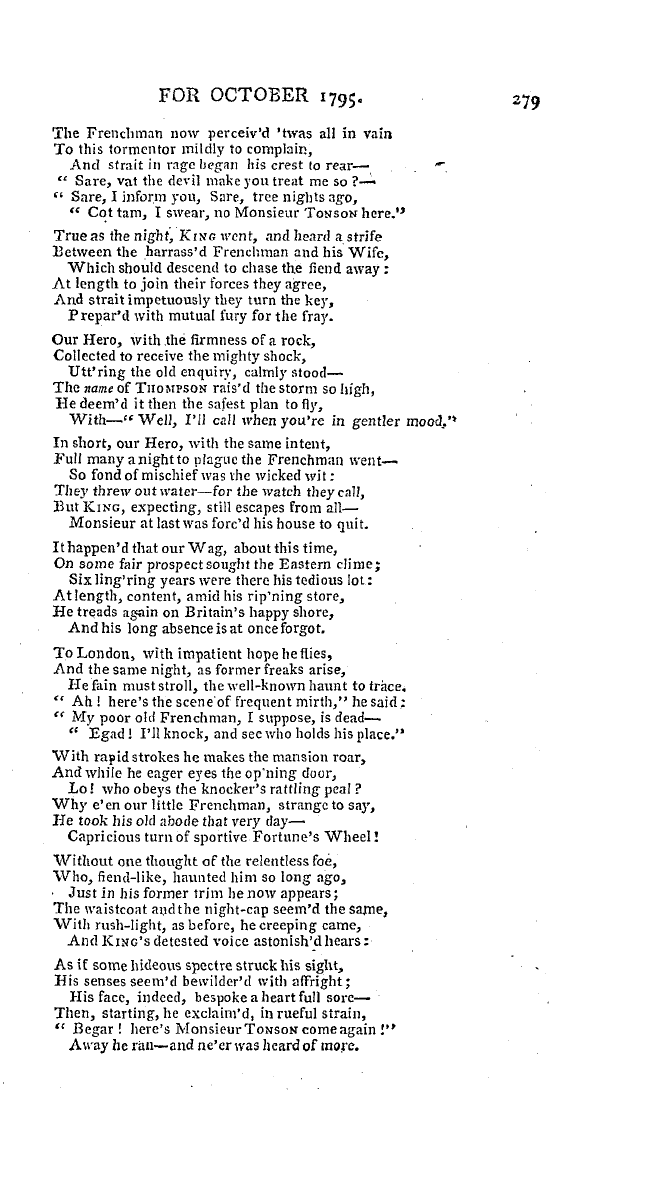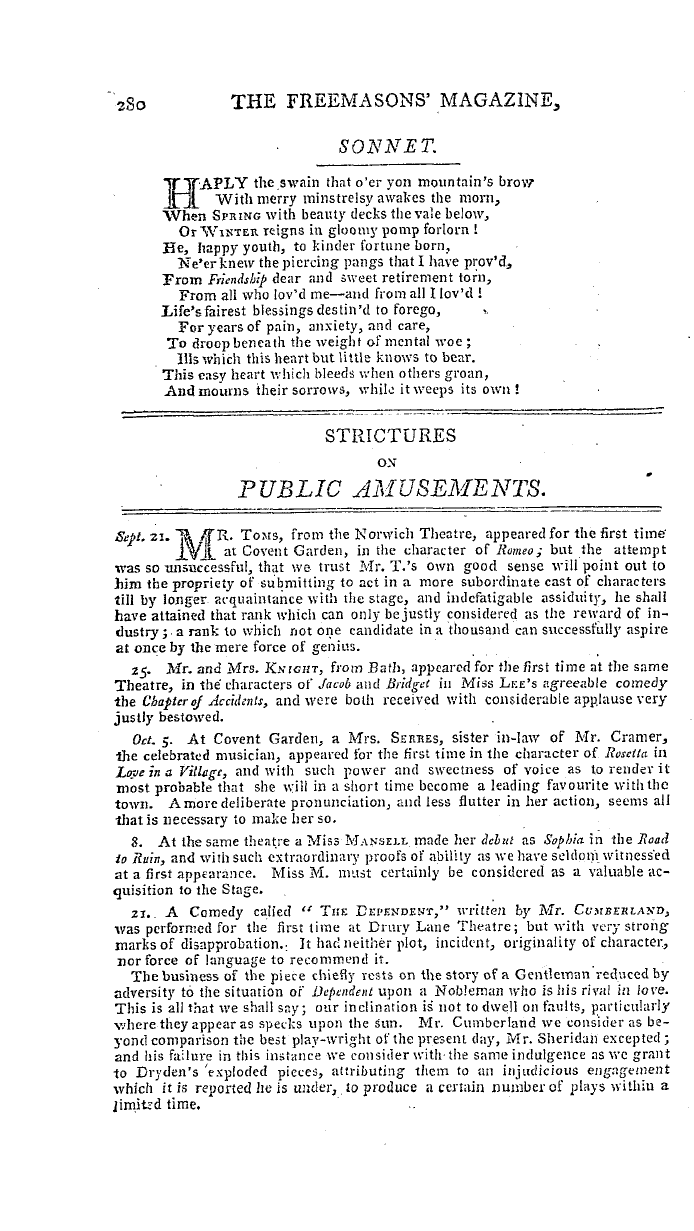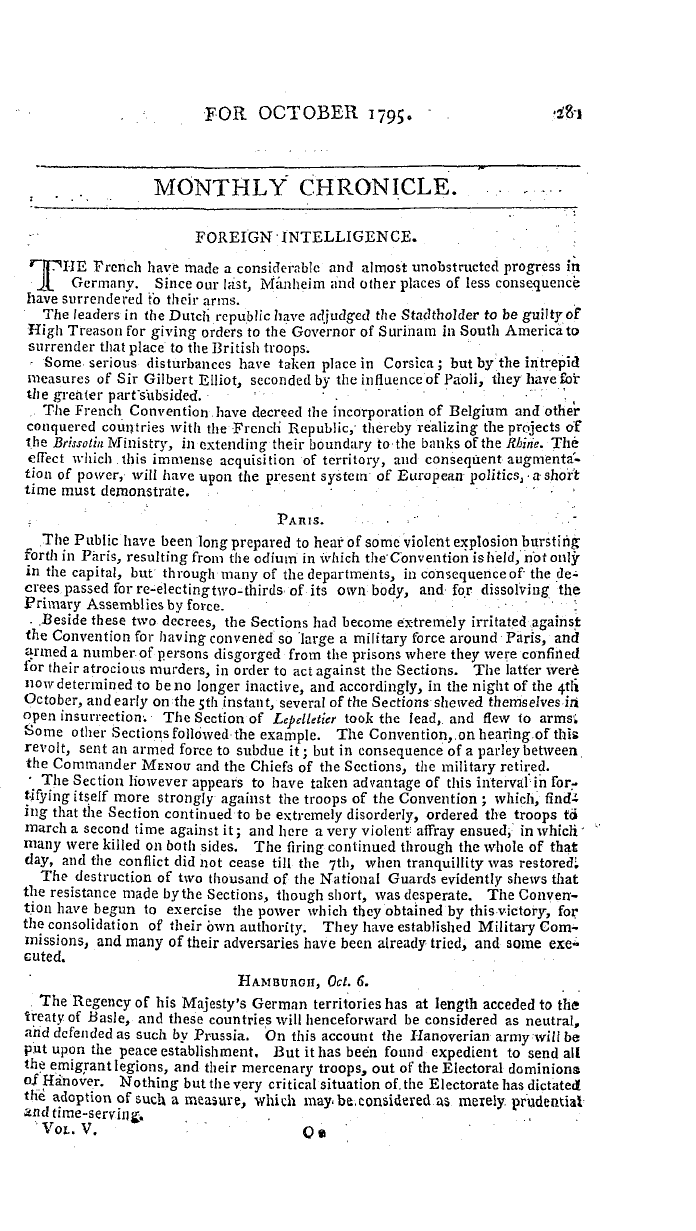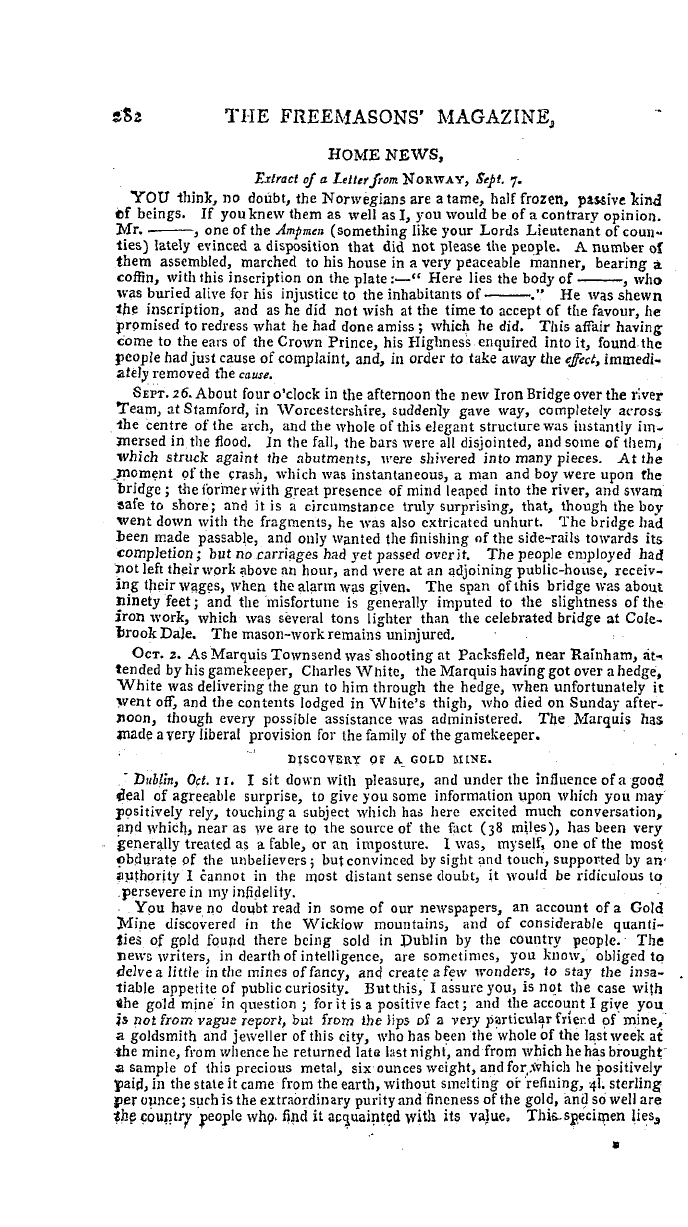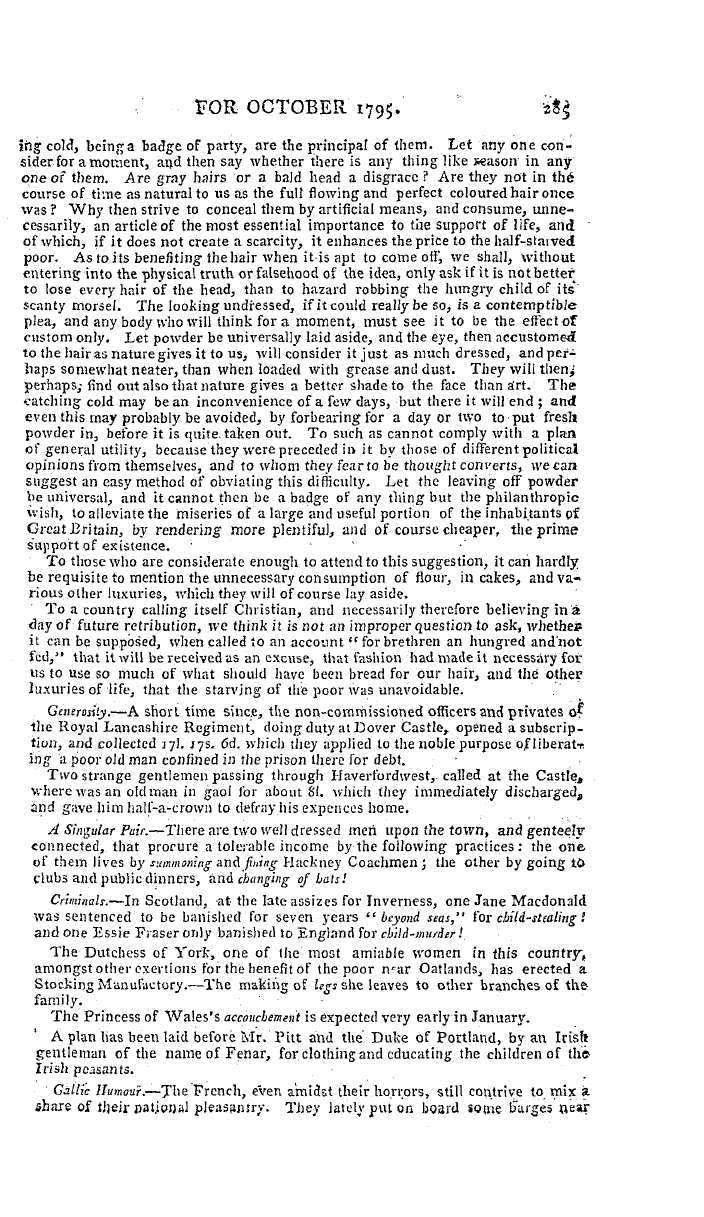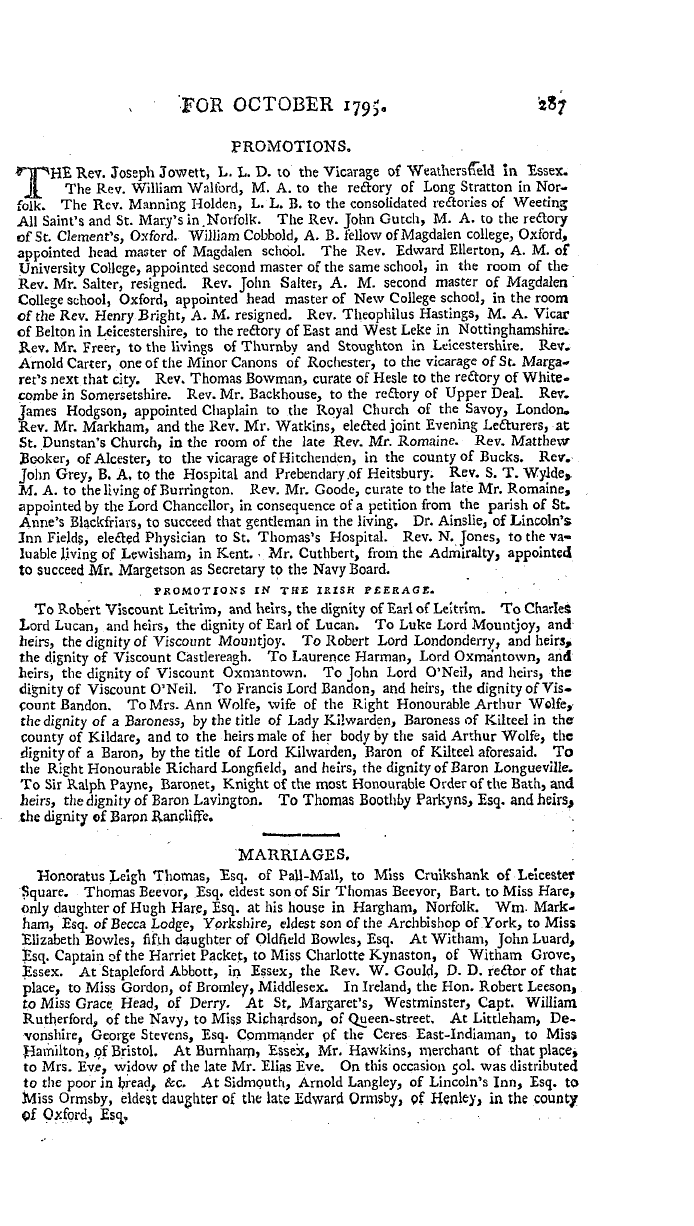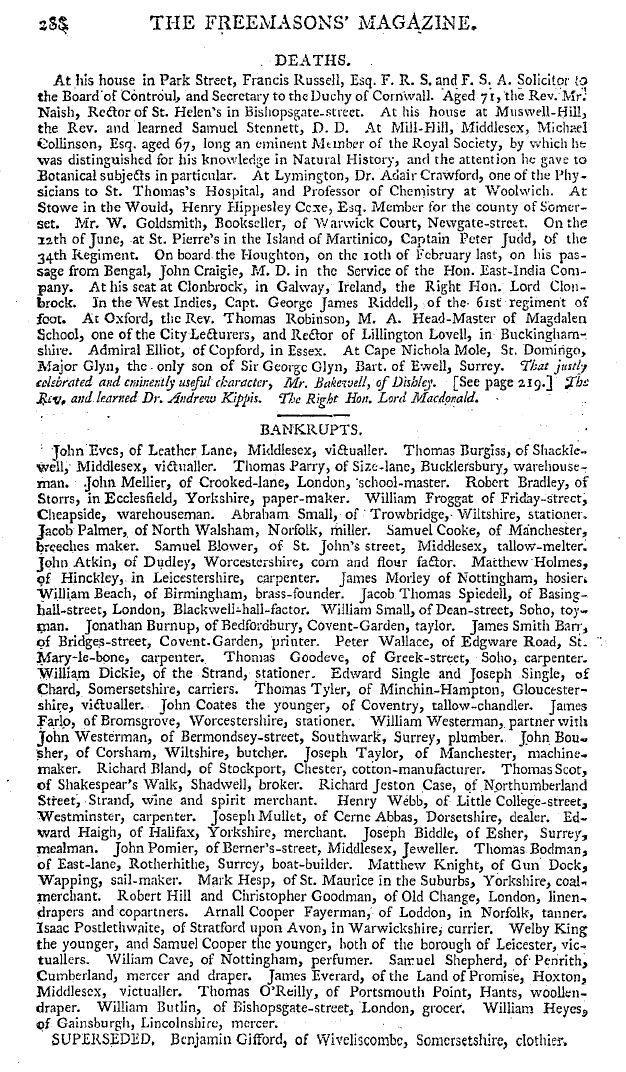-
Articles/Ads
Article HISTORY OF MASONRY. ← Page 3 of 8 →
Note: This text has been automatically extracted via Optical Character Recognition (OCR) software.
History Of Masonry.
[ Before Christ 323 . 3 Denocrates was the architect of Alexandria , according to . a plan drawn by . himself , which Alexander commissioned him to execute , and which afforded . ample employment for the Craft : but Alexander closed his mad career by dying drunk at Babylon soon after ; and left his overgrown dominions to be contended for by his ambitious generals . This city became the emporium of the worldandbmean ' of the
, , y s Red Sea , afterwards furnished Europe , and a great part of Asia , with the rich commodities of India . It stood 40 miles west from the Nile , and 120 north-west from Cairo ; and was rendered famous for the noble li ght-house erected on the opposite risland of Pharos for the direction of mariners . , Many of the materials of the old Alexandria were applied to building-new Alexandria ,-now known by the name of Scanderoonthis b
: y comparison is but a mean town ; while the remaining : ruins - of the ori ginal city adjoining , still preserve an inexpressible air of majesty . Among the ruins in the nei ghbourhood of the present Alexandria stands a single detached column of granite , distinguished from all the rest by its size , and by the nafne of'Pompeys Pillar ; though Mr . Edward Wortley Montagu , who examined it with great attention , declares from circumstances , arid in particular frorn . a medal of Vespasian , which he assures us he dug out from a decayed part of the base , his belief that it must have
-been erected in honour of that emperor . By the measurements taken by that gentleman , the pedestal is 10 feet 5 inches hi gh , the diameter of the shaft 9 feet 1 inch ; and the whole height from the ground , 93 feet . There is an inscription on the west side of the base , but so injured , not only by time but by evident marks of violence , that though some Greek characters may be imperfectly traced , no one word can be
even conjectured . Had it not . been for the frolic of some English , captains of vessels in the port of Alexandria , in the ' year 17 S 0 , we should not have known . that there had been ori ginally a statue upon this pillar . These jovial sons of Neptune , not satisfied with the liquor they had been drinking on board one of their ships , formed a sudden resolution to drink a bowl of punch on the top of Pompey ' Pillar
s ; and the astonished Turks thronged out of the city on the rumour of what was going forward , to see the result of this strange freak ! Bv flying a paper-kite over the top of the pillar , and letting it fall on the other side , they lodged the strin g upon the capital ; and thus drew over a two-inch rope ,, for a sailor to ascend b y : and in less than an hour a kind of shroud was constructedby which the whole
, company went up , and drank their punch amidst the shouts of the multitude assembled below . They found the capital of the pillar able to contain ei ght persons very conveniently ; and in the middle , saw the remaining stump of the leg of some statue which had probably fallen xlown many aires ago .
Seleucus Nicahor , one of Alexander ' s generals , and who , after tbe death . of that monarch , took Babylon , proved an excellent Grand Master ; he founded the great Seleucia on the Euphrates for his deputy on the east , and . in the west he built his stately capital city Antioeh in old Syria , with the grove of Daphne , a sacred asylum in the middle of which he reaied the temple of Apollo and Diane , H h '
Note: This text has been automatically extracted via Optical Character Recognition (OCR) software.
History Of Masonry.
[ Before Christ 323 . 3 Denocrates was the architect of Alexandria , according to . a plan drawn by . himself , which Alexander commissioned him to execute , and which afforded . ample employment for the Craft : but Alexander closed his mad career by dying drunk at Babylon soon after ; and left his overgrown dominions to be contended for by his ambitious generals . This city became the emporium of the worldandbmean ' of the
, , y s Red Sea , afterwards furnished Europe , and a great part of Asia , with the rich commodities of India . It stood 40 miles west from the Nile , and 120 north-west from Cairo ; and was rendered famous for the noble li ght-house erected on the opposite risland of Pharos for the direction of mariners . , Many of the materials of the old Alexandria were applied to building-new Alexandria ,-now known by the name of Scanderoonthis b
: y comparison is but a mean town ; while the remaining : ruins - of the ori ginal city adjoining , still preserve an inexpressible air of majesty . Among the ruins in the nei ghbourhood of the present Alexandria stands a single detached column of granite , distinguished from all the rest by its size , and by the nafne of'Pompeys Pillar ; though Mr . Edward Wortley Montagu , who examined it with great attention , declares from circumstances , arid in particular frorn . a medal of Vespasian , which he assures us he dug out from a decayed part of the base , his belief that it must have
-been erected in honour of that emperor . By the measurements taken by that gentleman , the pedestal is 10 feet 5 inches hi gh , the diameter of the shaft 9 feet 1 inch ; and the whole height from the ground , 93 feet . There is an inscription on the west side of the base , but so injured , not only by time but by evident marks of violence , that though some Greek characters may be imperfectly traced , no one word can be
even conjectured . Had it not . been for the frolic of some English , captains of vessels in the port of Alexandria , in the ' year 17 S 0 , we should not have known . that there had been ori ginally a statue upon this pillar . These jovial sons of Neptune , not satisfied with the liquor they had been drinking on board one of their ships , formed a sudden resolution to drink a bowl of punch on the top of Pompey ' Pillar
s ; and the astonished Turks thronged out of the city on the rumour of what was going forward , to see the result of this strange freak ! Bv flying a paper-kite over the top of the pillar , and letting it fall on the other side , they lodged the strin g upon the capital ; and thus drew over a two-inch rope ,, for a sailor to ascend b y : and in less than an hour a kind of shroud was constructedby which the whole
, company went up , and drank their punch amidst the shouts of the multitude assembled below . They found the capital of the pillar able to contain ei ght persons very conveniently ; and in the middle , saw the remaining stump of the leg of some statue which had probably fallen xlown many aires ago .
Seleucus Nicahor , one of Alexander ' s generals , and who , after tbe death . of that monarch , took Babylon , proved an excellent Grand Master ; he founded the great Seleucia on the Euphrates for his deputy on the east , and . in the west he built his stately capital city Antioeh in old Syria , with the grove of Daphne , a sacred asylum in the middle of which he reaied the temple of Apollo and Diane , H h '










































